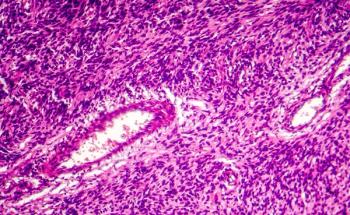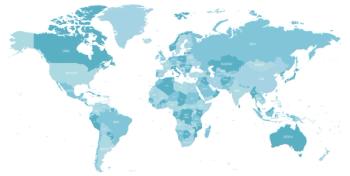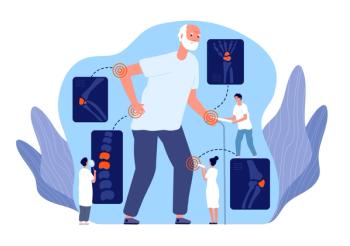
Report Finds Denosumab Effective for Patient With NF1 Mutation, Osteoporosis
The research and therapeutic options are limited for skeletal abnormalities found in neurofibromatosis type 1 (NF1)—a haploinsufficient and multisystemic disease caused by inherited or sporadic mutations in the NF1 gene. However, denosumab may be an effective treatment option for osteoporosis in patients with NF1, according to a recent case report.
The research and therapeutic options are limited for skeletal abnormalities found in neurofibromatosis type 1 (NF1)—a haploinsufficient and multisystemic disease caused by inherited or sporadic mutations in the NF1 gene. However, denosumab may be an effective treatment option for osteoporosis in patients with NF1, according to a recent report published by Therapeutics and Clinical Risk Management.
The
“Denosumab is an anti-receptor activator of nuclear factor κB ligand (RANKL) monoclonal antibody approved for the treatment of osteoporosis and prevention of skeletal metastatic complications,” explained the authors. “To date, there are no published accounts of denosumab treatment for NF1 complicated with osteoporosis.”
The patient had a history of fractures and observed for over 2 years of denosumab treatment. The researchers found that during treatment, BMD increased by 6.5% in the lumbar spine and 10.6% in the total hips, while bone turnover markers were notably improved. Also, during the second half of treatment, the patient had no fractures.
The researchers emphasized that for primary osteoporosis, bisphosphonates (BPs) may be good choice for treatment. However, 5 years is commonly considered a reasonable time point to evaluate the efficacy of continuing BP for fracture suppression. For inhibiting bone resorption, denosumab represents a strong candidate for BMD improvement in BP-unresponsive cases.
“Bone resorption markers, such as urinary NTX and TRACP-5b, and bone formation markers, including PINP and BAP, are often used to monitor the effects of osteoporosis treatment. Despite the administration of antiresorption drugs, the increased bone turnover markers were greatly inhibited at 24 months of therapy,” the authors explained about the patient. “Also, the 2-year denosumab treatment substantially increased BMD. These results indicated that denosumab strongly suppressed bone resorption in NF1 patient’s accompanying osteoporosis and presumably produced her gains in bone density.”
Despite the results revealing the efficacy of denosumab in this case, the researchers emphasized the need for future studies to establish the drug as an effective treatment option.
Reference
Uehara M, Nakamura Y, Takahashi J, et al. Efficacy of denosumab therapy for neurofibromatosis type 1 with osteoporosis and history of fractures: a case report. [published online July 16, 2018 ]. Ther Clin Risk Manag. doi: 10.2147/TCRM.S159668
Newsletter
Stay ahead of policy, cost, and value—subscribe to AJMC for expert insights at the intersection of clinical care and health economics.














































